The capital of Ecuador teems with urban adventure – gold leaf, gargoyles, gourmet guinea pigs and all…
By Doug Wallace
“If the tourist is nice and smiles, he will have a great experience. If the tourist is grumpy and has a mad face, he will get the same from the local people,” says my tour guide, Maria Sol Aguinaga, telling me straight. She’s setting me up for a walk around her hometown of Quito, which, like most urban centres, is made up of little ’hoods, each with its own essence.
The whole country is like that really: extremely diverse, with a lot of different communities and cultures. “That mixture makes Ecuador very interesting, as does the diversity in nature, the four eco-systems – the coast, the highlands, the jungle and the Galápagos,” Maria Sol says. Peaceful and relatively smallish, Ecuador can change dramatically, even within a two-hour drive.
I’m wandering through Quito by myself on a self-indulgent weekend, getting to know it after a trip inland to the rainforest, rather than sprinting home right away. The first thing I notice is how few tourist buses there are in what should be a tourist-thick part of town. “Normally, the people who come to Ecuador are a bit more adventurous, more well-travelled, and spend their time in the interior,” Maria Sol says. This suits me fine today.
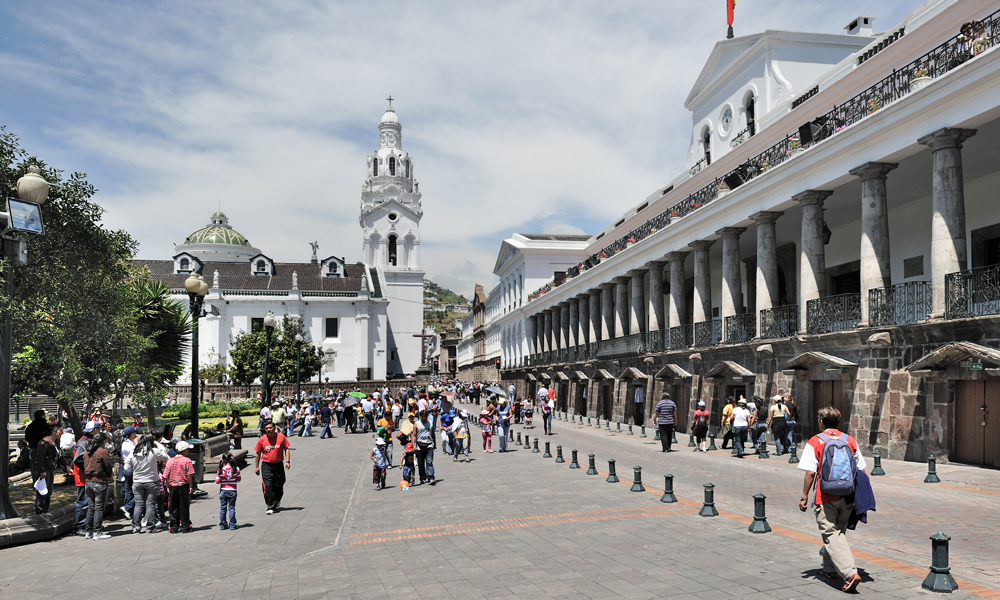
A wealth of art and history
I start my explorations poking about the museums and heritage buildings of Old Town, much of it closed to traffic on the weekends, which the locals love. I begin with trying to zoom in on the gargoyles and other assorted animal statues on the façade of the Basílica del Voto Nacional, the country’s biggest neo-Gothic cathedral, but I have better luck inside shooting the massive stained-glass window in the apse.
Switching plazas to Plaza de la Independencia, a.k.a. Plaza Grande, I take the requisite shots of the Presidential Palace and City Hall, before putting my bald head in the hands of the square’s sole barber, whose staff kindly create photographic proof of my haircut for sharing later on Instagram. Refreshed, I make my way down the street to the 19th-century house-slash-museum of a wealthy old lady, the very religious Doña María Augusta Urrutia. She was known for helping the city’s less fortunate and for collecting a ton of mid-19th and early-20th-century art, much of it by Ecuadorian artist Victor Mideros. A young history student gives me a private tour in English for free, pointing out beautiful paintings and wonderfully preserved furniture and furnishings – Belgian tiles, hand-painted wallpaper, more stained glass, kitchen gadgets I’ve never seen before.
While I’m in the neighbourhood, I walk the one minute to the Church of the Society of Jesus, an icon of Latin American Baroque architecture, to see what all the gold-leaf fuss is about – and am blinded by the acres of 23-karat gold covering practically everything. Seriously, you need sunglasses to actually see the elaborate carvings. I happily pay the $2 entrance fee (the US dollar is the official currency here) and duck back into the day.
The rest of my afternoon is spent on the other side of town at the very moving La Capilla del Hombre, The Chapel of Man, an art museum in the Bellavista neighbourhood that champions the work of Oswaldo Guayasamín, one of Ecuador’s greatest artists. Influenced by Picasso and the Cubists, he created paintings and sculptures centring on the political oppression and resilience of the Latin American peoples. Guayasamín’s grand home across the road showcases even more of his work.
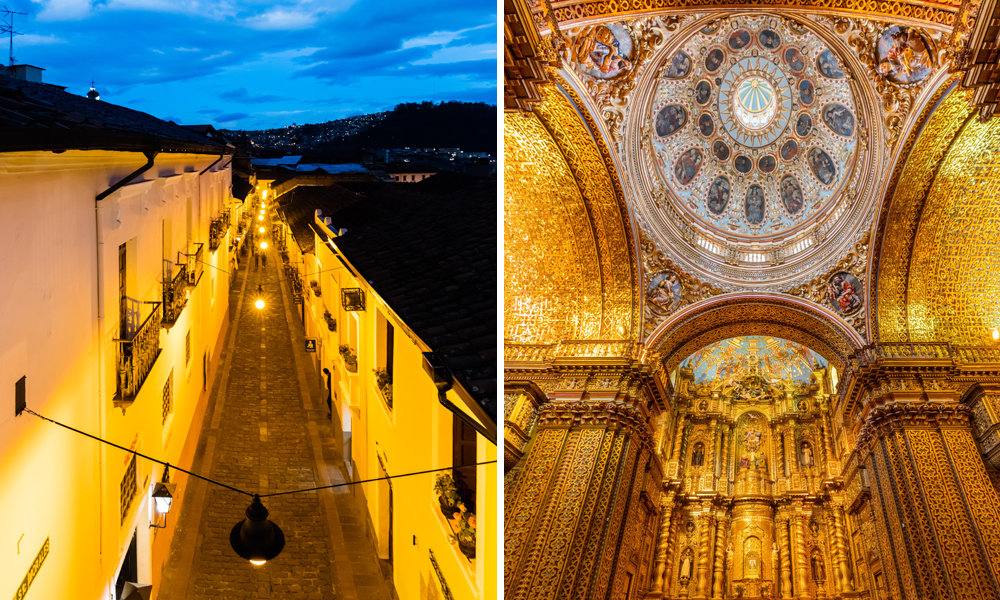
Where the wild things are
At happy hour, I make my way to Calle de la Ronda, a narrow pedestrian street full of little bars and cafés. It’s time for a sit-down and a glass of wine with the cocktail crowd, which gathers here pre-dinner to snack and chat. I people-watch and ready the afternoon’s pictures for posting when I’m reattached to the hotel Wi-Fi.
I fall in with a younger crowd another day, hanging out in La Marsical, a neighbourhood of bars and pubs, galleries, bookstores and other cool stuff. The action culminates at La Plaza Foch, a.k.a. Gringoland, a big square lined with eateries, steps away from the town’s top boutique hotels and decent hostels, and filled with 20-somethings and hip tourists.
I find a good vantage point on the plaza, sheltered from the children peddling candy and cigarettes on the street, and tuck into a nice T-bone with a couple of glasses of wine for just over $20. The chimichurri is divine. In fact, everywhere I end up dining in Quito, I find the traditional food both reasonably priced and delicious – fried chicken, grilled fish and churrasco beef, with fried potatoes, flavoured rice and deep-fried plantain. I cautiously challenge my taste buds more than a few times with the street food, picking the stalls that have the biggest crowds around them.
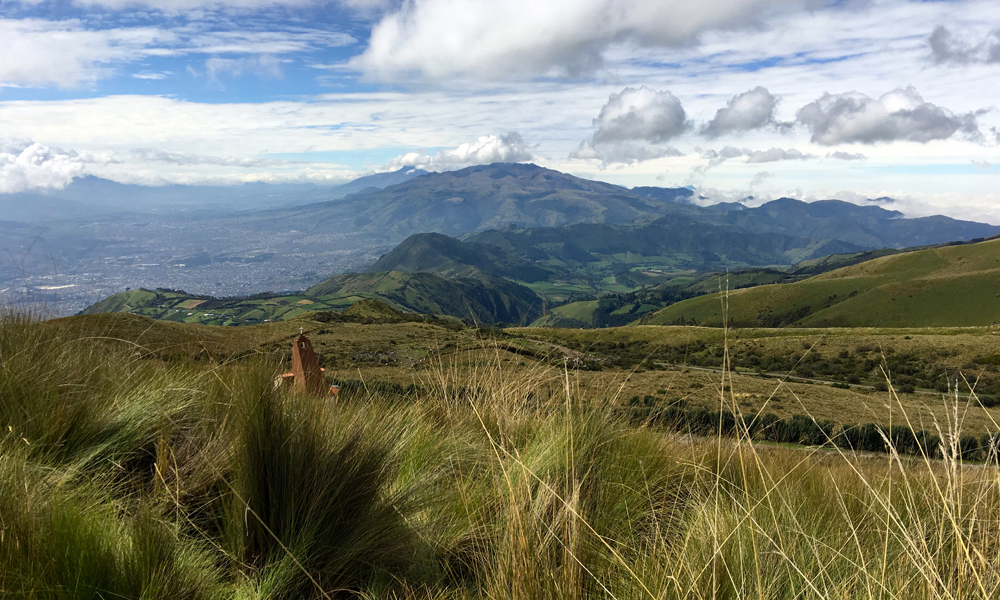
Weirdly, I find guinea pig on quite a few fine-dining menus, a traditional food of the Andean peoples that’s trotted out only on special occasions nowadays. Never one to shy away from a good food story I can tell later on, I try it at a restaurant within the National Theatre. Because I had made a reservation, a waiter was watching for me in the square. “Mr. Douglas?” Maybe nobody else makes reservations here, I think, as he ushers me to a window seat amidst an ocean of red velvet curtains (this is the theatre, after all). I play Name That Tune with myself, devouring sea bass ceviche with roasted corn and plantain chips, picking pop tunes out of the Muzak. Bryan Adams’ “Everything I Do” fills the room as I’m presented with deep-fried guinea pig legs, crispy and dark, maybe a little salty, which I’m OK with. I feel a bit guilty, but, hey, when in Rome….
I find more familiar fare (and not quite so morally challenging) the next night at Hacienda Rumiloma. The cab driver curses all the way along the winding gravel laneway up the sides of the Pichincha Volcano. The ranch is now a six-room hotel, yet still filled with old-style stuff – stone fireplaces, ornate sideboards, copper wash basins, wood beams. A patron gets up after dinner to play the grand piano to a mostly empty room and I get a distinct sense of faded antiquity, a romantic clinging to history that I find all over town.
When it’s time to sink into the Quito nightlife, I remember having quizzed Maria Sol on where all the cool kids are hanging these days when they aren’t on Plaza Foch. “Where we go now is fancy,” she says, referring to the upscale neighbourhood of Cumbayá, about 20 minutes from downtown. This is where gourmet restaurants, bars and clubs have popped up to cater to the high-income suburbanites and downtowners looking for a break from their usual karaoke watering holes. “You have restaurants and discos, bars where they play laughing music – music that only people over 30 will remember, mostly love songs. People sing and drink, cry, get drunk and have fun.”
I brush up on my Bryan Adams on the way over.
—
DOUG WALLACE is the editor and publisher of travel resource and podcast TravelRight.Today.



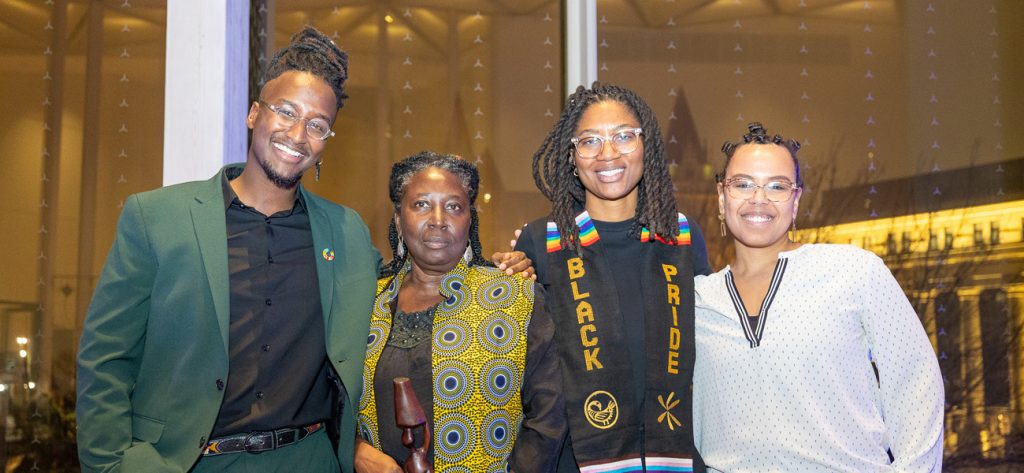
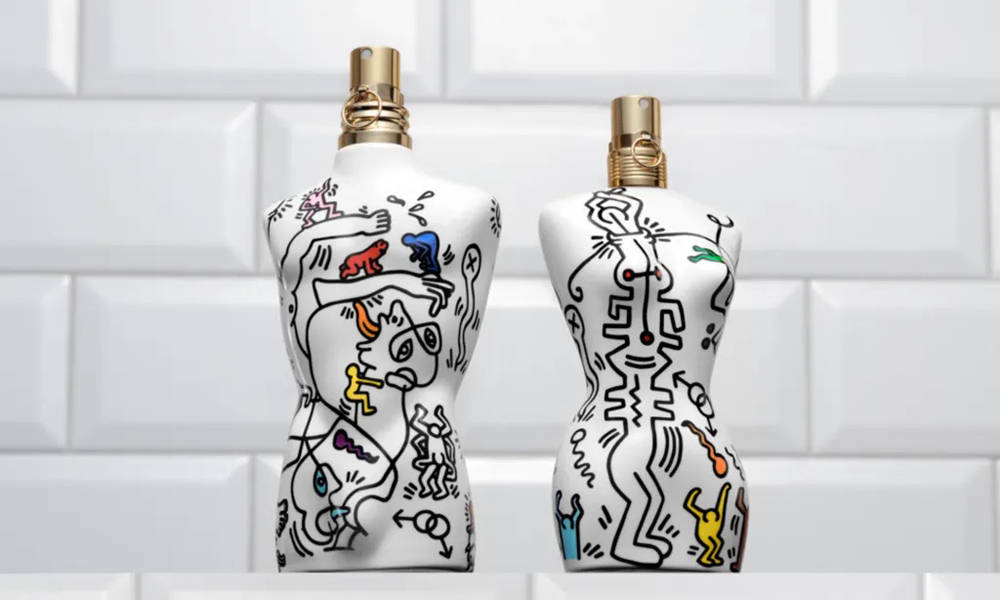

POST A COMMENT